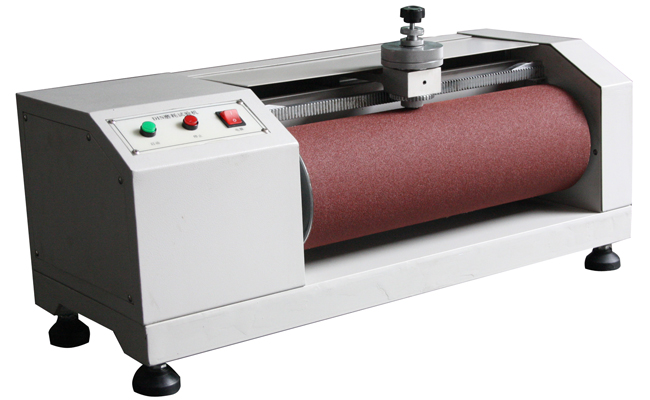- Qinsun Instruments Co., Ltd.
- Tell:+86-21-6780 0179
- Phone:+86-17740808215
- Address:No. 2578 Minhang District Gu Dai Road, Shanghai
- Contact:Mr. Li
- QQ:846490659
The principle and selection of turbine agitators

A turbine stirrer is a device that forces convection and uniform mixing of liquid and gas media. The main advantage is that when the energy consumption is not high, the stirring efficiency is high, and the stirring generates strong radial flow. Suitable for emulsions, suspensions, etc.
Principle:
Turbine agitators are divided into disc turbine agitators and open turbine agitators; According to the impeller, it can be divided into straight blades and diagonal blades. The speed of the turbine agitator is relatively high, ranging from 300 to 600r/min. The main advantage of a turbine stirrer is that when energy consumption is not high, the stirring efficiency is high and strong radial flow is generated during stirring. Therefore, it is suitable for emulsions, suspensions, etc. Turbo agitator (14 sheets)
Turbine agitators have a large shear force, which can disperse fluid micro clusters very finely. They are suitable for mixing, liquid-liquid dispersion, liquid-solid suspension of low to medium viscosity fluids, as well as promoting good heat and mass transfer and chemical reactions.
Selection:
1. According to the process conditions, mixing purpose, and requirements, choose the type of agitator. When selecting the type of agitator, one should fully understand the agitator. The causal relationship between the dynamic characteristics and the flow state generated by the agitator during the mixing process and various mixing purposes.
2. According to the determined agitator type and the flow state generated by the agitator during the mixing process, as well as the control requirements of the process for mixing time, settling speed, and dispersion, the motor power, mixing speed, and agitator diameter are determined through experimental means and computer simulation design.
3. According to the motor power, mixing speed, and process conditions, select and determine the reducer model from the reducer selection table. If the reducer is selected based on the actual working torque, the actual working torque should be less than the allowable torque of the reducer.
4. Select a frame and coupling with the same model and specification as d according to the output shaft head d of the reducer and the support method of the mixing shaft system.
5. Select the shaft seal type according to the size of the mixing shaft head, installation capacity, working pressure, and working temperature of the rack
6. According to the nominal center size DN of the rack, the type and pressure rating of the mixing shaft, choose to install the bottom cover, flange base, or flange flange.
7. Determine whether to configure auxiliary supports based on the supporting and anti vibration conditions.





